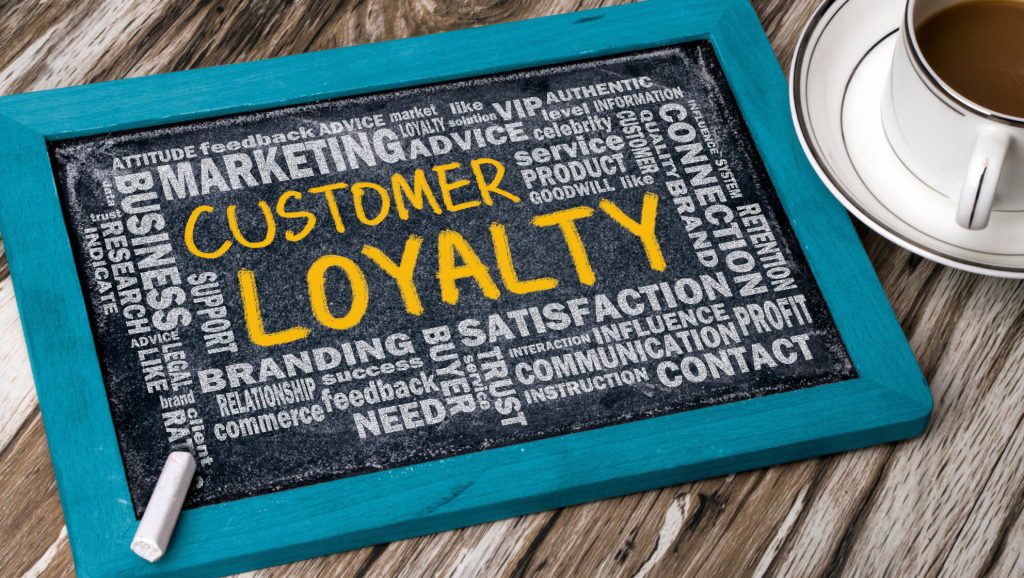
If you were working for a hotel group during the pandemic that ran a points-based loyalty program, you probably saw first hand the issues it created.
NB: This is an article from Laasie
While plenty of hotel companies had immense struggles to deal with during the pandemic, redeemable loyalty points had longer lasting effects for the years that followed. You see, with less people traveling, and therefore redeeming their points, hotel companies incurred liabilities that would be difficult to pay-out, even once travel opened back up again.
Subscribe to our weekly newsletter and stay up to date
And that’s exactly what occurred. As COVID restrictions lessened, travelers were ready to use every discount and point at their disposal with immediate effect. But while hotels geared up for their busiest booking season yet, the revenue numbers didn’t quite work in their favor.
In this article, we’ll explore the painful side of points-based programs, and reveal if maybe there’s a better way to handle these types of programs that would provide less liability, while maintaining, or often even improving, loyalty.
What is loyalty points liability?
Loyalty points liability refers to the amount of money that a company owes to its customers for the loyalty points they have earned through their purchases or other activities with the company.
When a customer earns loyalty points, they are essentially earning a discount on future purchases or other benefits, such as free hotel room nights or upgraded services. However, from a hotel company’s perspective, these loyalty points represent a liability on their balance sheet because they will need to be redeemed at some point in the future.
The hotel group must estimate the total liability for all outstanding loyalty points and record it as a liability on their balance sheet. The amount of the liability is based on the number of outstanding loyalty points and the estimated cost of fulfilling the rewards associated with those points.
The liability for loyalty points is an important financial metric for companies, as it represents a potential future cost that must be accounted for in their financial planning. Companies must carefully manage their loyalty points liability to ensure that they have the resources to fulfill the promises to their customers.
How can hotel groups limit this liability?
To help reduce liability, companies across hospitality and other industries have relied on several practices. Many of which will probably sound familiar to you as you have likely experienced the negative side-effects of them as a points earner. Expert Brian Almeida explains very well in this article that in order to thwart liability, companies will often refer back to 1 of 3 practices:
1. Reduce the value of the points.
Clearly, reducing the value of loyalty points will also result in a decrease in the liability associated with the loyalty program on the company’s balance sheet. However, simply reducing the value of loyalty points leaves your company with the highest risk. Customers may view this as a breach of trust and may become less loyal to the company. This produces long-term, negative effects on the company’s reputation and profitability.
2. Cap the earnings of points.
Capping the earnings on loyalty points means that customers can only earn a certain amount of loyalty points, regardless of how much they spend or how many activities they engage in with the company. On the positive side, this can help to control the liability associated with the loyalty program due to the fact that the estimated cost of fulfilling the rewards associated with the loyalty points will be more predictable and easier to manage. However, capping the earnings on loyalty points may make customers feel that they are being unfairly limited in their ability to earn rewards, leading to decreased loyalty and revenue for the company.
3. Reduce the earnings value of points.
When a company reduces the value of loyalty points, it means that customers will need to accumulate more points to redeem the same rewards or benefits they were previously eligible for. While this may seem like the best of both worlds scenario, it still brings some complications from the company’s standpoint if changes do need to be made, it’s important to communicate them transparently and clearly to customers, and to provide alternative benefits or rewards to maintain their loyalty. This process alone can require time and resources your company may not have right away.
Reverse your liability with a rewards-based loyalty program
If now you’re thinking “there’s got to be a better way!”…don’t worry, there is. In a limited-liability program, rewards can be used to incentivise now, instead of later. This way, your hotel group pays up front to reward customers, and those discounts or purchases are redeemed in the moment, and not as a steady marker on your balance sheet.
Additionally, unlike manoeuvering through a complicated points-based program, a turn-key rewards program, provided by the right solution, could not be easier to stand-up and manage. This is important not just for the hotel-side, but for the guest-side as well. Going forward, the hotel companies who create a seamless way for guests to be incentivized will increase customer engagement and sales, for years to come.






